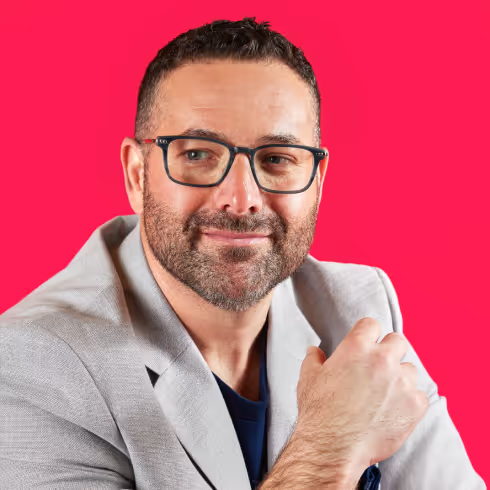Show up and listen – Lessons in navigating client intimacy


Let’s talk intimacy. No, not like that. Client intimacy. This week on Catalyst, Launch by NTT DATA’s own Chris LoSacco and Nathan Henry join Clinton Bonner to discuss the various approaches to developing healthy, lasting customer relationships.
“Time, Love, & Tenderness”
Sorry we can’t discuss intimacy without at least one Michael Bolton reference. And while we may be discussing client intimacy, not romantic intimacy, some of Bolton’s approaches to relationships in his velvety repertoires work here too. Yes, there need to be professional boundaries in place, but really putting the time into learning who your clients are, loving what you do because you’re truly invested in the success of your client’s vision, and having the tenderness to care about the livelihood and happiness of your client, all contribute to the development of invaluable client trust.
When to take things to the next level
If you’ve ever decided to give someone a set of keys to your apartment, you know all too well the time and effort required to build up that level of trust. Clients give you the keys to their vision, and you want them to feel safe and secure in that decision. Dialing in the appropriate level of intimacy to develop that trust is an essential skill, and is an individual process for each client.
Too close for comfort – or just close enough?
Does client intimacy blur professional boundaries? Is intimacy even the right word to use (Chris says Yes, Nathan says No – what do you think?) How can you tap into it without sacrificing professionalism? How do you know when to ramp it up and when to back off? It depends on the client, and it depends on the project.
Intimacy, whether you like the word choice or not, is crucial in customer services. It’s a sliding scale, though. If you’re expanding a product that’s already built out, you may not need to lean in so close. If it’s a greenfield project, intimacy can be more important because you're building something from scratch. The client may not even know what they want, and you’ll really need to lean in.
Sometimes, ya gotta dig deep to find the real root of the problem
This was the case in Launch’s work for the MTA, who originally sought out help for what they identified as a “screens problem”. Upon further investigation by Launch, it was actually a data problem – a distinction that very well may not have been made without our dedication to leaning in and gaining more intimate insight into what problem the MTA and their customers really needed to solve.
Ultimately, Chris and Nathan agree that people are complex, and if you hear them out, listen carefully, and genuinely care, you're going to build a bond where they tell you their pain points and what they need. And that's all this is at the end of the day – showing up and caring.
Finally – don’t forget to subscribe to Catalyst wherever you get your podcasts! We drop a new episode every Tuesday, and each one is jam-packed with catalysts for digital experiences that move millions.






